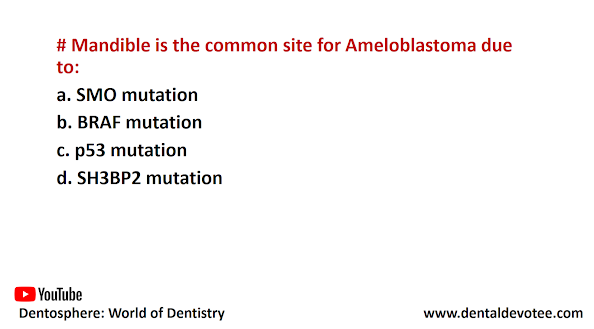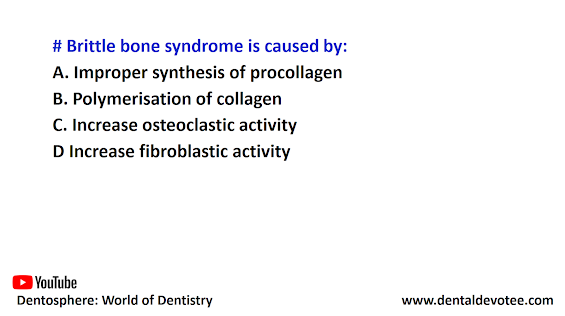1. Dentist
Apply Before: 31st January 2023
Basic Job Information
No. of Vacancy/s : 1
Apply Before(Deadline) : Jan. 31, 2023
Job Specification
Education Level : Bachelor in Dental Surgery (BDS)
Experience Required : More than 2 years
Dentist
Himalayan Trust Nepal (HTN) is hiring a qualified Dentist to work at Namche Dental Clinic located in Namche Bazar Solukhumbu. The clinic is supported by the American Himalayan Foundation and managed by HTN in partnership with the Namche Dental Clinic Management Committee.
Job responsibility: This position holder is responsible to provide dental health services to local residents and visitors.
Qualification: BDS degree with a license from Nepal Medical Council and minimum work experience of 2 years with good written and verbal communication in English and Nepali. A good level of physical fitness to live and work at a high altitude is preferred.
Gross salary: Rs. 90,000/month including tax. The clinic operates only 9 months a year, but the job holder will get 12 months' salary. Food and accommodation will be provided.
Contract period: Initial one-year contract and will be renewed annually. Starting Date: 1 March 2023
Application Deadline: 31 January 2023
Interview Date: 8 February 2023 (for short-listed candidates only)
Please keep visiting this page for latest vacancies for Dental surgeons and Dental hygienists available in Nepal.








